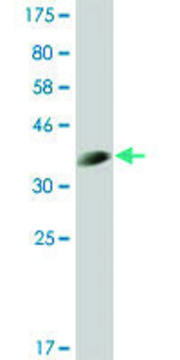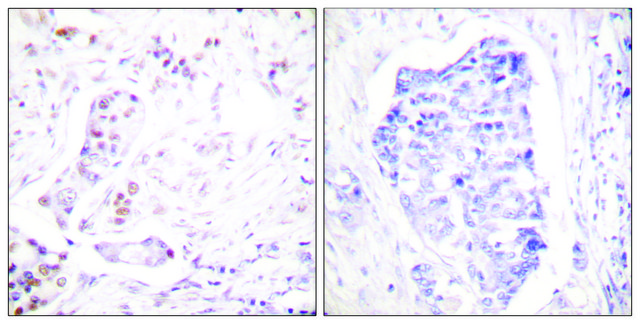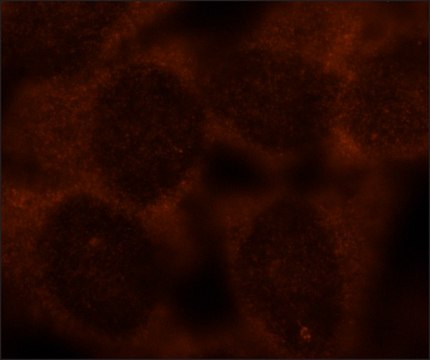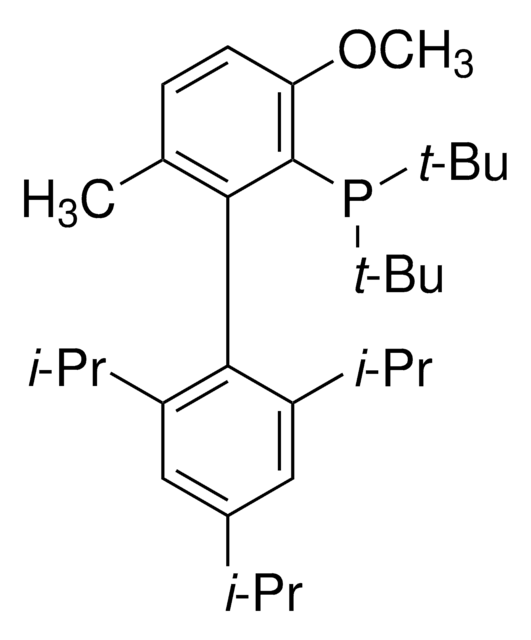SAB1405263
Monoclonal Anti-PDCL3 antibody produced in mouse
clone 1F10, ascites fluid
Synonym(s):
HTPHLP, MGC3062, PHLP3, VIAF, VIAF1
About This Item
Recommended Products
biological source
mouse
Quality Level
conjugate
unconjugated
antibody form
ascites fluid
antibody product type
primary antibodies
clone
1F10, monoclonal
mol wt
antigen ~52.4 kDa
species reactivity
human
technique(s)
indirect ELISA: suitable
western blot: 1:500-1:1000
isotype
IgG1κ
1 of 4
This Item | 751413 | 740845 | 791016 |
|---|---|---|---|
| assay 97% | assay 98% | assay 97% | assay 97% |
| reaction suitability reagent type: ligand | reaction suitability reagent type: ligand | reaction suitability reagent type: ligand | reaction suitability - |
| functional group phosphine | functional group phosphine | functional group - | functional group phosphine |
| form solid | form solid | form solid | form solid |
| Quality Level 100 | Quality Level 100 | Quality Level 100 | Quality Level 100 |
| storage temp. 2-8°C | storage temp. - | storage temp. 2-8°C | storage temp. 15-25°C |
General description
Immunogen
Sequence
MQDPNADTEWNDILRKKGILPPKESLKELEEEAEEEQRILQQSVVKTYEDMTLEELEDHEDEFNEEDERAIEMYRRRRLAEWKATKLKNKFGEVLEISGKDYVQEVTKAGEGLWVILHLYKQGIPLCALINQHLSGLARKFPDVKFIKAISTTCIPNYPDRNLPTIFVYLEGDIKAQFIGPLVFGGMNLTRDELEWKLSESGAIMTDLEENPKKPIEDVLLSSVRRSVLMKRDSDSEGD
Physical form
Not finding the right product?
Try our Product Selector Tool.
Storage Class
11 - Combustible Solids
wgk_germany
WGK 1
flash_point_f
Not applicable
flash_point_c
Not applicable
Choose from one of the most recent versions:
Certificates of Analysis (COA)
Don't see the Right Version?
If you require a particular version, you can look up a specific certificate by the Lot or Batch number.
Already Own This Product?
Find documentation for the products that you have recently purchased in the Document Library.
Articles
DalPhos is air-stable and contains the bulky di(1-adamantyl)phosphino [P(1-Ad)2] fragment. These ligands are useful in Pd-catalyzed C-N and C-C bond formation. Both Me-DalPhos and Mor-DalPhos allow for Pd-catalyzed ammonia, hydrazine and acetone cross-coupling with good functional group tolerance
Related Content
The main focus of the Stradiotto group has centered on the development and application of novel electronically rich, sterically encumbered P,N-based ancillary ligands for use in late metal catalysis, including Pd and Au chemistry.
Our team of scientists has experience in all areas of research including Life Science, Material Science, Chemical Synthesis, Chromatography, Analytical and many others.
Contact Technical Service











![5-[Di(1-adamantyl)phosphino]-1′,3′,5′-triphenyl-1′H-[1,4′]bipyrazole 97%](/deepweb/assets/sigmaaldrich/product/structures/334/020/2da77724-fc86-4d88-bc93-0b43ae777daa/640/2da77724-fc86-4d88-bc93-0b43ae777daa.png)
